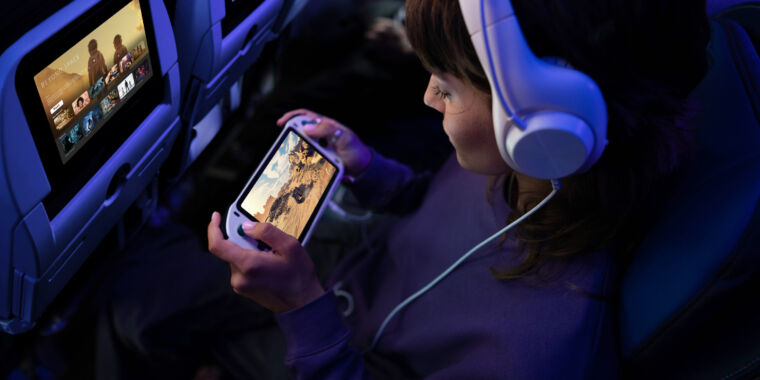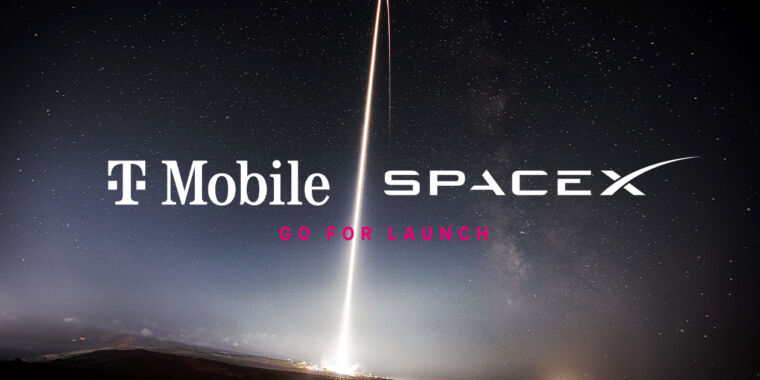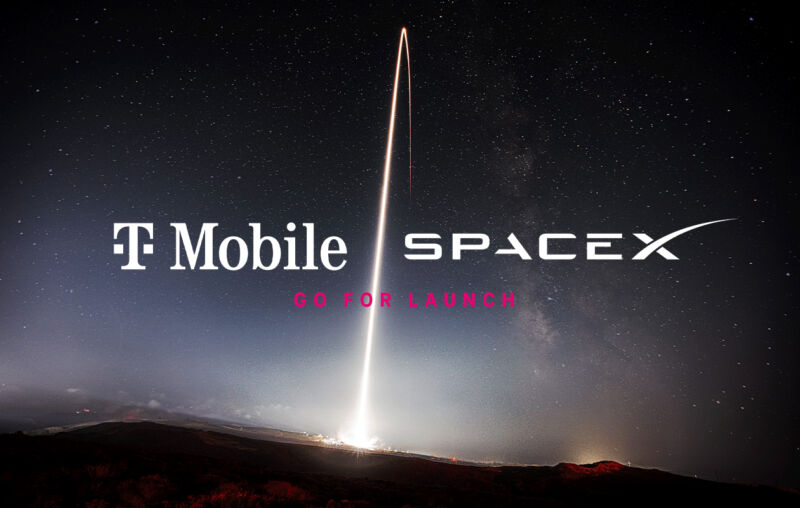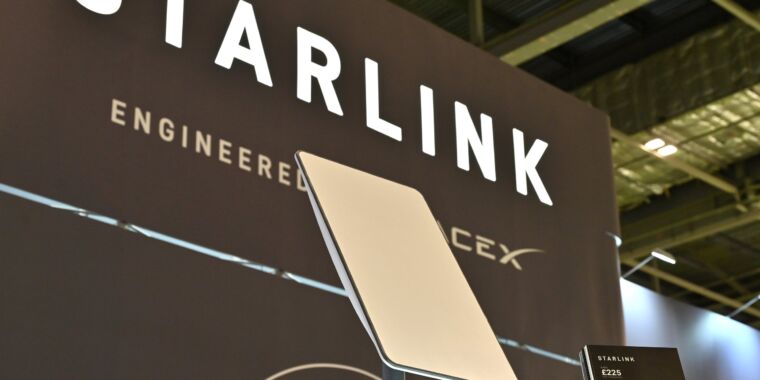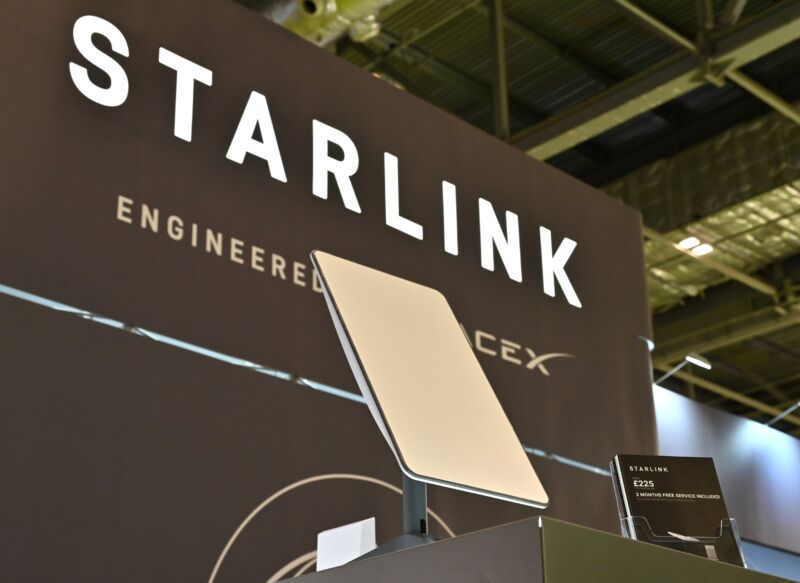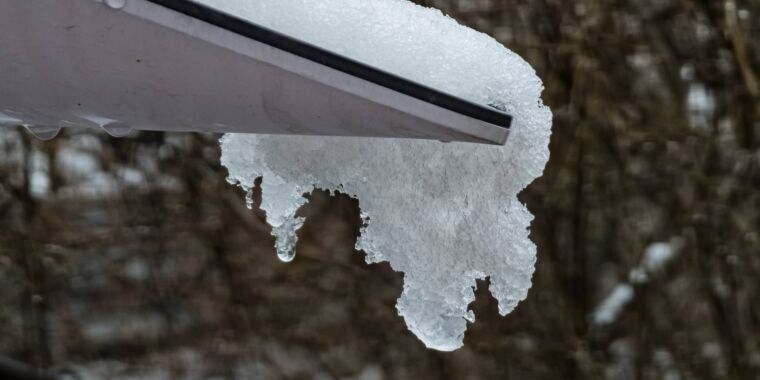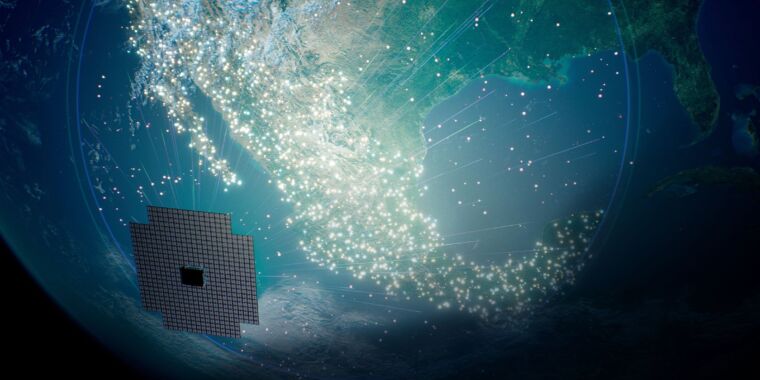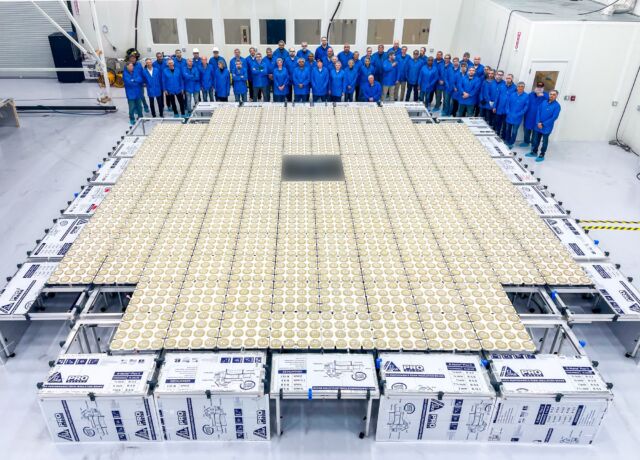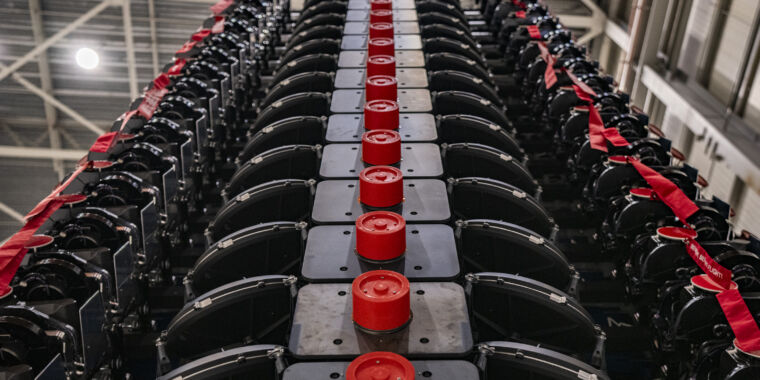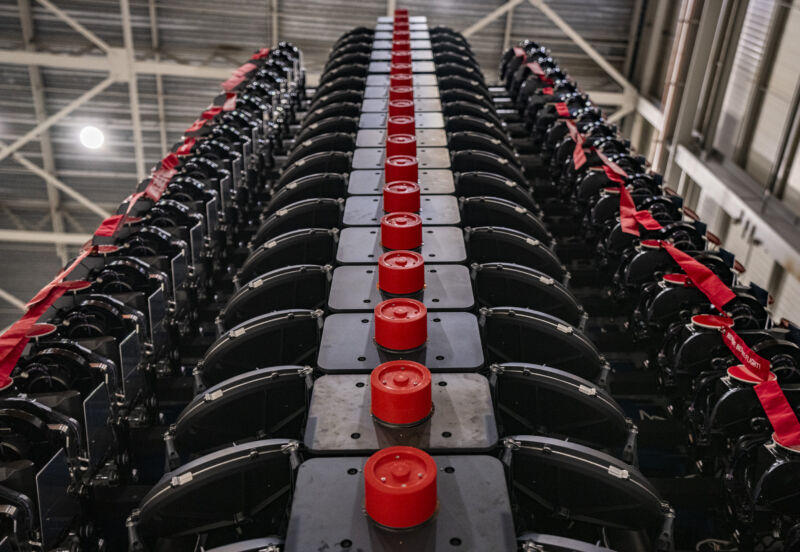Starlink profit growing rapidly as it faces a moment of promise and peril
Estimates of Starlink’s consumer revenues. Credit: Quilty Space
Both of the new analyses indicate that over the course of the last decade, SpaceX has built a robust space-Internet business with affordable ground terminals, sophisticated gateways around the world, more than 7,000 satellites in orbit, and a reusable launch business to service the network. There is new technology coming, with larger V3 satellites on the horizon—to be launched by SpaceX’s Starship vehicle—and the promise of direct-to-cell Internet connectivity that bypasses the need for a ground terminal.
There is also plenty of room for growth in market share in both existing territories as well as large nations such as India, where SpaceX is seeking access to the market and providing Internet service.
Some risk on the horizon
In all of this, Starlink now faces a moment of promise and peril. The company has all of the potential described above, but SpaceX founder Elon Musk has become an increasingly prominent and controversial figure both in US and global politics. Many people and governments are becoming more uncomfortable with Musk’s behavior, his insertion into domestic and foreign politics, and the power he is wielding within the Trump administration.
In the near term, this may be good for Starlink’s business. The Financial Times reported that corporate America, in an effort to deepen ties with the Trump Administration, has been “cozying” up to Musk and his business empire. This includes Starlink, with United Airlines accelerating a collaboration for use of the service on its fleet, as well as deals with Oracle and Apple.
At the same time, Musk’s activities may make it challenging for Starlink in the long term in countries that seek to punish him and his companies. For example, the Canadian Broadcasting Corporation reported Monday that Progressive Conservative Leader Doug Ford will rip up Ontario’s nearly $100 million contract with Starlink in the wake of US tariffs on virtually all Canadian goods.
The contract, signed in November, was intended to provide high-speed Internet to 15,000 eligible homes and businesses in rural, remote, and northern communities by June of this year. Musk is “part of the Trump team that wants to destroy families, incomes, destroy businesses,” Ford said at a news conference Monday. “He wants to take food off the table of people—hard-working people—and I’m not going to tolerate it.”
Starlink profit growing rapidly as it faces a moment of promise and peril Read More »



